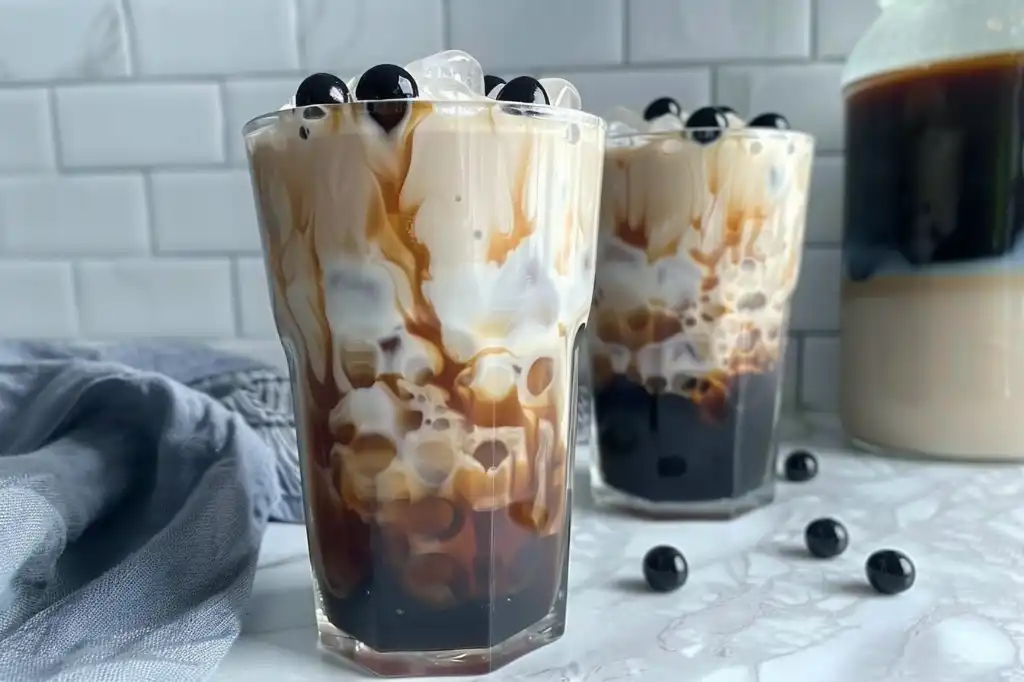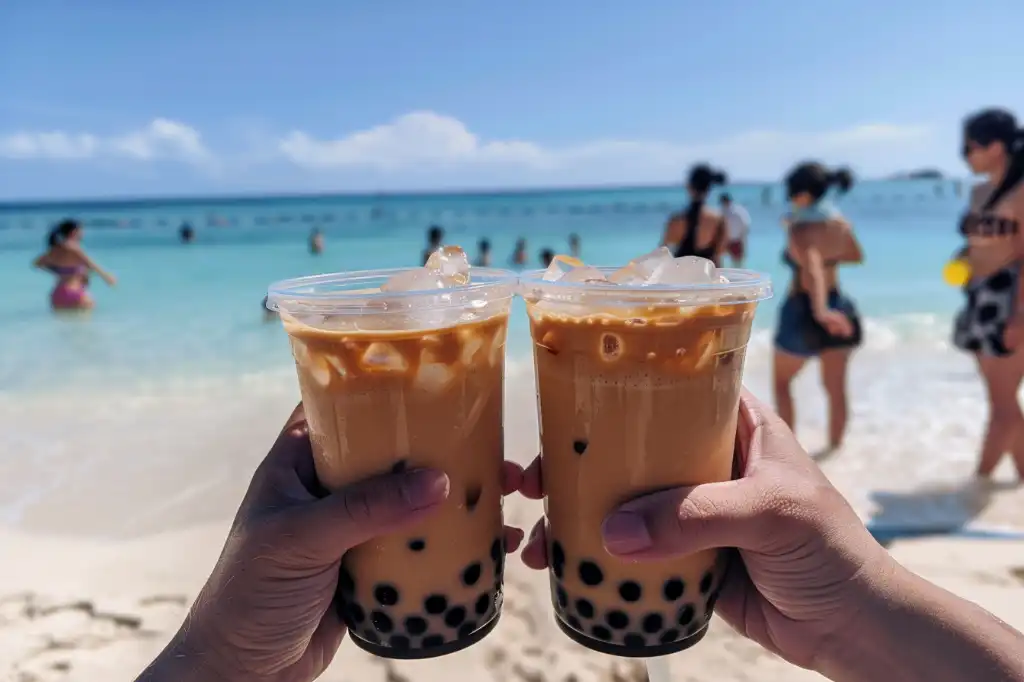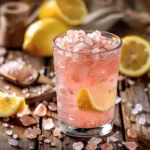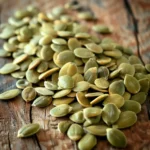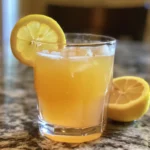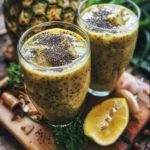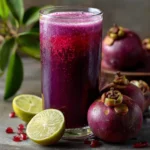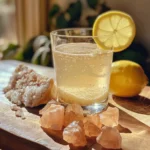Hokkaido milk tea is a rich, velvety drink that blends robust black tea with ultra-creamy milk from Japan’s northernmost island, Hokkaido. Known for its full-bodied taste and smooth texture, this drink stands out among milk teas for its use of high-quality dairy and subtle roasted notes. It’s the perfect option for tea lovers looking for something indulgent yet balanced.
In this article, you’ll learn what makes it so unique—from its origins and ingredients to how it compares to other types of milk teas. We’ll also guide you through making it at home, customizing it to your taste, and even choosing the right toppings. Plus, we answer all your frequently asked questions.
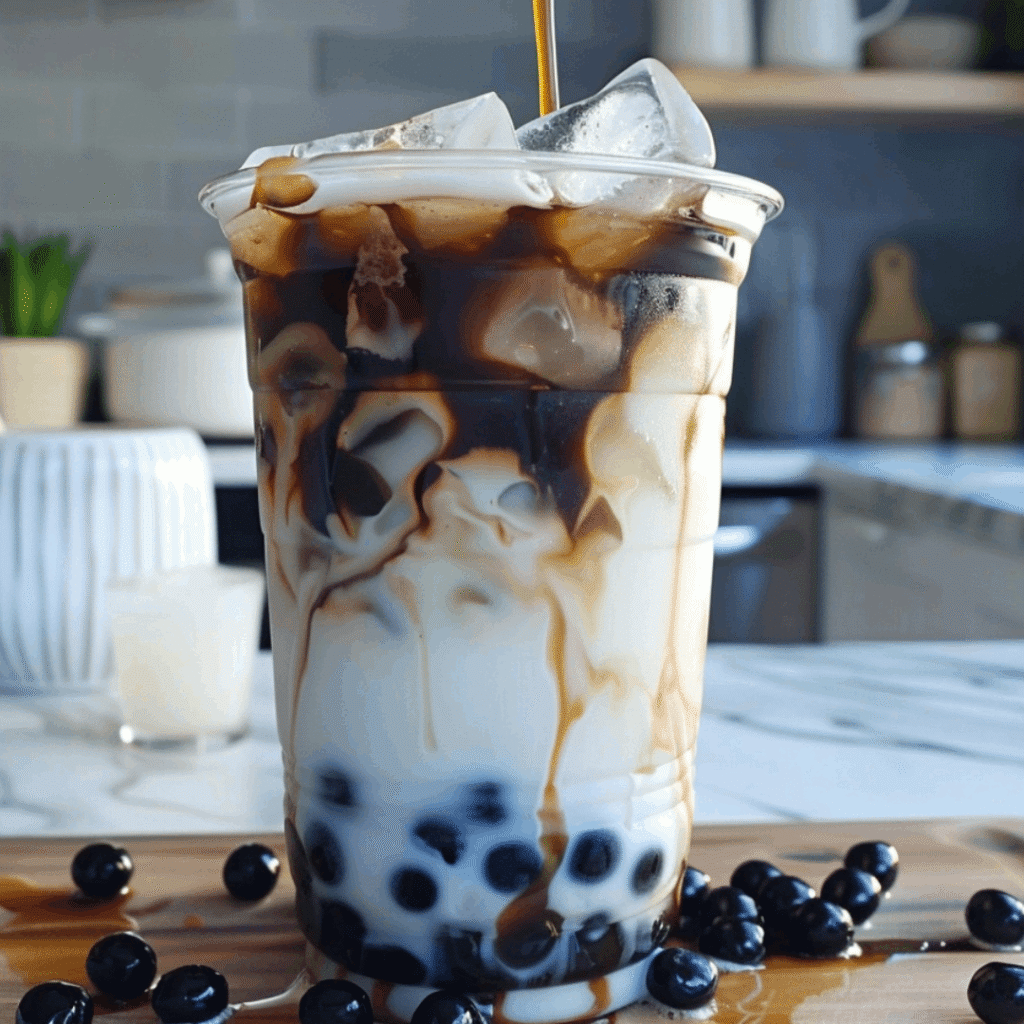
What Is Hokkaido Milk Tea?
Origins of Hokkaido Milk Tea
Hokkaido milk tea traces its roots to northern Japan’s Hokkaido region, which is celebrated for producing high-quality dairy. This tea variant blends black tea—often Assam or Darjeeling—with high-quality Hokkaido milk or cream. The outcome is a smooth, harmonious beverage featuring gentle roasted notes and a delicate, natural sweetness.
Hokkaido is known for its colder climate and clean environment, producing milk that is creamier and richer in taste. By infusing this milk into black tea, vendors created a beverage that’s now a staple in Asian tea culture and a rising favorite in the West.
Cultural Significance and Rise in Popularity
From Tokyo cafes to American boba shops, Hokkaido milk tea has gained fans worldwide. It stands apart from Taiwanese milk tea due to its creamier consistency and more refined sweetness, thanks to the use of Hokkaido dairy.
The drink gained fame through the Japanese-style bubble tea wave, where traditional drinks were modernized with toppings like boba pearls, brown sugar syrup, or matcha powder. It’s now offered hot, iced, and even bottled.
Ingredients That Make It Unique
What’s in Hokkaido Milk Tea?
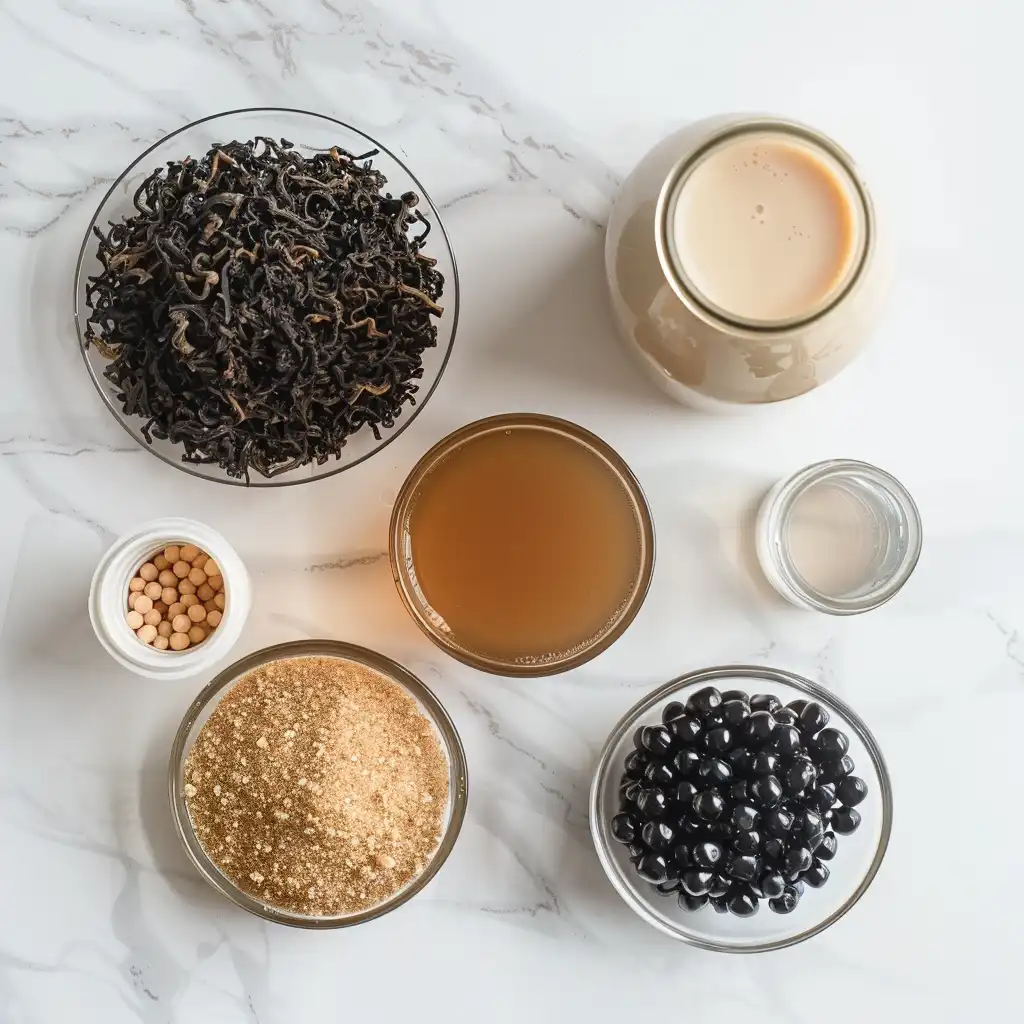
The magic of Hokkaido milk tea begins with a few simple ingredients, but each component plays a vital role in achieving its signature taste. Here’s a breakdown of the core elements:
| Ingredient | Purpose | Notes |
|---|---|---|
| Black Tea (Assam/Darjeeling) | Provides a strong base flavor | Offers bold, slightly malty notes |
| Hokkaido Milk | Adds creaminess and a touch of sweetness | Richer and higher-fat than regular whole milk |
| Sweetener (Brown Sugar/Honey) | Enhances depth and warmth | Brown sugar adds caramel-like undertones |
| Optional Tapioca Pearls | Adds texture and fun to the drink | Often used in bubble tea versions |
The blend of these elements results in a luxuriously smooth drink with a rich texture and a hint of well-rounded sweetness. The quality of milk used is what elevates it above standard milk teas.
Looking for inspiration? Try our Pink Salt Trick recipe for a unique drink experience with natural benefits.
The Role of Hokkaido Milk: Richness and Flavor
Hokkaido milk is no ordinary dairy—it’s known across Japan for its rich, silky consistency and slightly sweet flavor. The cows in Hokkaido graze in cooler climates and are fed a clean, natural diet, which contributes to the milk’s superior taste.
Adding Hokkaido milk to tea turns it into a creamy, luxurious experience. Unlike traditional whole milk or non-dairy creamers, it doesn’t just mellow out the bitterness—it enhances the overall experience with a nutty, buttery texture that lingers on the palate.
Check out our Brazilian Mounjaro Recipe for another creamy, indulgent yet health-focused drink.
How Hokkaido Milk Tea Differs from Other Milk Teas
Comparing Hokkaido vs Thai and Taiwanese Milk Teas
At first glance, all milk teas might seem alike, but when you look closer, Hokkaido milk tea stands out for its smoothness and subtle flavor profile. Here’s how it compares with two of its closest cousins:
| Feature | Hokkaido Milk Tea | Thai Milk Tea | Taiwanese Milk Tea |
|---|---|---|---|
| Milk Type | Hokkaido full-fat dairy | Condensed and evaporated milk | Whole milk or non-dairy creamers |
| Tea Base | Assam or Darjeeling | Strong Ceylon or black tea | Varied (Oolong, Assam, Jasmine) |
| Sweetener | Brown sugar or honey | Heavily sweetened with sugar & condensed milk | Often less sweet, customizable |
| Flavor Profile | Creamy, nutty, mild sweetness | Very sweet, spiced (sometimes orange-tinted) | Balanced, adaptable |
| Texture | Velvety smooth | Thick and syrupy | Light to medium-bodied |
Unlike Thai tea, which is intensely sweet and often spiced, or Taiwanese milk tea that uses many varieties of tea, Hokkaido milk tea keeps it classic: bold black tea mellowed with ultra-rich milk.
Don’t miss our guide on all recipes to explore more global drink options like these.
Texture, Taste, and Aroma Differences
What truly sets Hokkaido milk tea apart is its luxurious texture. The milk’s naturally high butterfat content imparts a smooth, velvety consistency, delivering rich creaminess without the need for added heavy cream. It’s warm, comforting, and full-bodied, yet never overpowering.
Taste-wise, it features a roasted, caramel-like undertone—particularly when brown sugar is used as a sweetener. The aroma is mild and milky, lacking the artificial or overly sweet scent you sometimes find in commercial bubble teas.
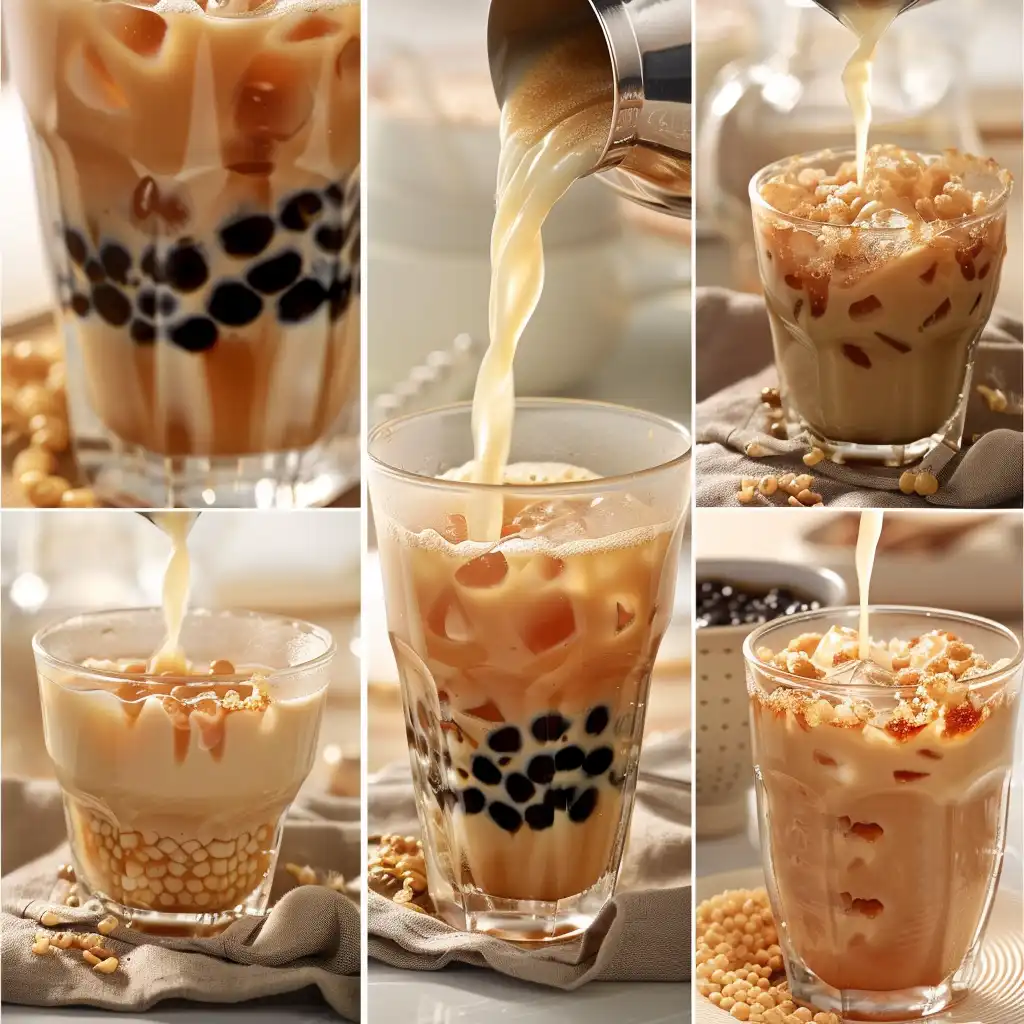
How to Make Authentic Hokkaido Milk Tea at Home
Traditional Black Milk Tea Recipe
Making Hokkaido milk tea at home is simpler than you think—and you don’t need a trip to Japan to enjoy its creamy richness. Here’s a step-by-step recipe that replicates the authentic flavor you’d find in a high-end tea shop.
Hokkaido Milk Tea – The Best Creamy Tea You Must Try Now
Ingredients
- 2 tbsp Assam tea leaves
- 1½ cups water
- 1 cup Hokkaido milk
- 2 tsp brown sugar
- Optional: ice boba pearls
Instructions
- Brew tea in boiling water for 5 minutes.
- Add brown sugar while hot.
- Pour in Hokkaido milk.
- Stir and serve hot or iced.
- Add boba if desired.
Notes
Ingredients:
- 2 tablespoons black tea leaves (Assam or Darjeeling)
- 1 cup Hokkaido milk (or full-fat whole milk as a substitute)
- 1½ cups water
- 2 teaspoons brown sugar (or honey for a floral note)
- Optional: Boba pearls, ice (for iced version)
Instructions:
- Brew the Tea
Bring the water to a boil and add your black tea leaves. Let it simmer for 4–5 minutes to develop a strong, full-bodied flavor. - Strain and Sweeten
Remove from heat and strain the tea into a large mug or pot. Stir in brown sugar while it’s still hot to dissolve fully. - Add Milk
Slowly pour in the Hokkaido milk while stirring gently. You’ll notice the color shift to a warm, creamy brown. - Serve Hot or Cold
For a hot version, pour directly into your serving cup. For iced, let it cool and serve over ice cubes. Add cooked tapioca pearls if desired.
Want to explore more indulgent beverages? Don’t miss our Brazilian Mounjaro Recipe—a low-effort, high-reward option.
Tips for Achieving a Creamier Taste
If you want to elevate your Hokkaido milk tea to café-quality, try these tips:
- Use Authentic Hokkaido Milk: It’s available in some Asian markets or online. Look for high butterfat content (above 3.6%).
- Double Brew Your Tea: Brew it strong so the tea holds its flavor when milk is added.
- Brown Sugar Syrup: Instead of just sugar, make a quick syrup with equal parts brown sugar and water. It’ll add depth.
- Add a Touch of Salt: It may seem unusual, but a small pinch can enhance the creaminess and subtly offset the sweetness for a more balanced flavor.
- Blend It: For a smooth iced version, use a milk frother or blender to emulsify the ingredients.
Nutritional Profile and Health Considerations
Calories and Macronutrients Breakdown
Like many tea-based drinks, Hokkaido milk tea can be customized to suit your dietary needs—but it’s important to know what’s inside before that first creamy sip. Here’s a general nutritional breakdown for an 8 oz (240 ml) serving made with authentic Hokkaido milk and sweetened with brown sugar:
| Nutrient | Approximate Value |
|---|---|
| Calories | 180–220 kcal |
| Carbohydrates | 28–35g (mostly sugars) |
| Protein | 4–6g |
| Fat | 6–9g (from the milk) |
| Calcium | 15–20% RDA |
Keep in mind that adding toppings like boba pearls or using condensed milk instead of Hokkaido milk can significantly increase the calorie count.
Hokkaido milk tea is undeniably indulgent—but when enjoyed in moderation, it fits well into most balanced diets.
Healthier Versions and Dairy Alternatives
If you’re watching your sugar intake or are lactose intolerant, don’t worry—there are delicious ways to enjoy Hokkaido milk tea without compromise.
Healthier Tips:
- Use less sweetener: Start with 1 tsp of brown sugar or switch to monk fruit syrup.
- Swap dairy: Try oat milk or coconut cream for a dairy-free version. Oat milk adds natural sweetness while maintaining a creamy mouthfeel.
- Boost it: Add chia seeds or collagen powder for extra health benefits.
Even with modifications, you’ll still enjoy that rich, satisfying flavor. Many homemade versions even use protein shakes as a base to make this tea a post-workout treat!
Looking for something with wellness benefits? Discover our Pink Salt Trick Recipe for a revitalizing alternative.
The Secret Behind the Creaminess
What Makes It So Creamy and Smooth?
The hallmark of Hokkaido milk tea is its ultra-smooth, luscious texture—and it’s not by accident. The magic lies in the milk.
Hokkaido milk, sourced from Japan’s snowy, mineral-rich farmlands, contains a higher butterfat percentage than most store-bought whole milks. This gives it a naturally thick, buttery mouthfeel that blends seamlessly into brewed black tea. It doesn’t curdle or thin out when heated, so the consistency remains velvety from the first sip to the last.
In contrast to evaporated or condensed milk used in other teas, Hokkaido milk is fresh, minimally processed, and retains more of its natural sweetness and fat content.
Want to expand your creamy drink lineup? Check out this Brazilian Mounjaro recipe that’s rich and health-forward.
Top Hacks to Make Your Milk Tea Creamier
If you’re making Hokkaido milk tea at home but don’t have access to authentic Hokkaido dairy, don’t worry—here are expert tips to replicate that signature smoothness:
1. Use Full-Fat or Cream-Top Milk
Whole milk is your next best option, but for extra creaminess, use cream-top or A2 milk.
2. Add Evaporated Milk or Heavy Cream
Mixing a tablespoon of evaporated milk into your tea can boost thickness without making it overly rich.
3. Simmer the Tea with Milk
Rather than just pouring in cold milk, simmer your brewed tea with milk for 1–2 minutes to let the flavors marry and thicken naturally.
4. Froth It
Use a milk frother or small blender to emulsify the milk-tea blend. It creates microbubbles that enhance texture.
5. Use a Brown Sugar Reduction
Create a thick brown sugar syrup to stir in—it coats the milk and enhances creaminess with a sweet caramel kick.
Customizing Your Hokkaido Milk Tea
Flavor Variations: Honey, Brown Sugar, Matcha & More
One of the best things about Hokkaido milk tea is how easily you can tailor it to your personal taste. While the traditional version is amazing on its own, adding flavor twists can turn it into a whole new experience.
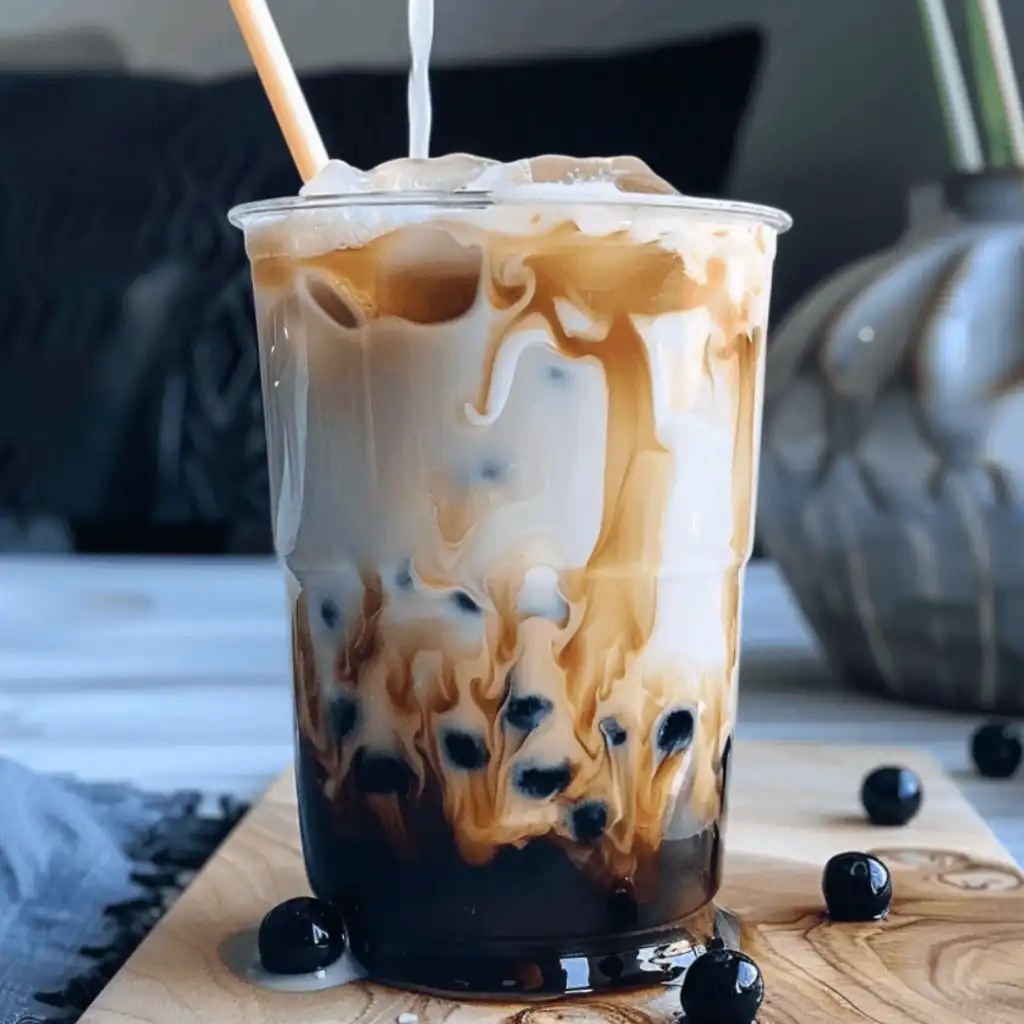
Popular Flavor Variations:
- Brown Sugar Hokkaido Milk Tea
Add a thick brown sugar syrup for a deep, toasty sweetness and rich caramel notes. Gently swirl the tea in your cup to create an elegant, marbled appearance. - Honey Hokkaido Milk Tea
Replace sugar with raw honey. It adds floral complexity and is perfect for iced versions. - Matcha-Hokkaido Blend
Mix matcha with black tea or swap it entirely. The grassy bitterness of matcha pairs well with the creamy milk for a uniquely Japanese taste. - Vanilla or Caramel Syrup
Adding a splash of vanilla extract or a spoonful of caramel syrup transforms the milk tea into a delightful dessert-inspired treat. Best served chilled.
Toppings to Try: Boba, Pudding, Jelly
Customizing Hokkaido milk tea with fun toppings is where you can really make it yours. These add texture, sweetness, and visual appeal.
Most Popular Toppings:
| Topping | Texture | Flavor Notes |
|---|---|---|
| Boba Pearls | Chewy | Slightly sweet, absorbs tea flavor |
| Grass Jelly | Silky, soft | Mild herbal taste |
| Pudding | Creamy, smooth | Vanilla or eggy flavor |
| Aloe Vera Cubes | Crunchy | Refreshing and light |
Pro Tip: Make sure to serve with a wide boba straw to enjoy all those delicious toppings!
Conclusion: Is It Worth Trying or Making at Home?
Absolutely. Hokkaido milk tea is more than just a drink—it’s a flavorful, comforting experience. Whether you buy it from a café or make it in your own kitchen, it’s an easy way to bring a touch of Japanese indulgence into your day. Its smooth, creamy texture and naturally sweet flavor make it ideal for anyone who loves milk tea but wants something just a bit more special.
Making it at home also gives you full control—use less sugar, try dairy-free milk, or load it with your favorite toppings. It’s customizable, satisfying, and simple enough for any skill level.
If you’re a fan of cozy drinks or looking to expand your milk tea repertoire, Hokkaido milk tea should be on your list.
Stay connected on Medium, Facebook, and Pinterest for daily natural weight loss tips, easy Hokkaido Milk Tea recipes, and share-worthy fat-burning drinks.
FAQs
What is in Hokkaido milk tea?
Hokkaido milk tea is made with a strong black tea base (usually Assam or Darjeeling), sweetened with brown sugar or honey, and finished with creamy Hokkaido milk. Toppings like boba, jelly, or pudding are optional but popular. The key ingredient is Hokkaido milk, known for its richness and high butterfat content, which gives the drink its luxurious mouthfeel.
What makes Hokkaido milk tea different?
The difference lies in the milk. Unlike other milk teas that use condensed milk, creamers, or non-dairy alternatives, Hokkaido milk tea uses premium whole milk from Hokkaido, Japan. This milk is thicker, naturally sweeter, and gives the tea a smoother, silkier texture. The flavor is more mellow and buttery compared to traditional Taiwanese or Thai milk teas.
How to make Hokkaido black milk tea?
To make Hokkaido black milk tea, brew strong black tea (about 2 tablespoons of loose leaf or 2 tea bags in 1½ cups water). Add 1–2 teaspoons of brown sugar while the tea is hot. Stir in 1 cup of Hokkaido milk (or whole milk). Serve hot or pour over ice. For a boba version, add cooked tapioca pearls.
What is so special about Hokkaido milk?
Hokkaido milk is considered one of the highest-quality milks in the world. It comes from cows raised in cold, clean environments with access to natural pastures in Japan’s Hokkaido region. This results in milk that’s richer in butterfat and naturally sweet, giving any drink or dish a creamy, indulgent finish.
How to make milk tea more creamy?
To make your milk tea creamier:
– Use full-fat Hokkaido milk or heavy cream.
– Simmer the tea with milk instead of just pouring it in.
– Blend the tea and milk together for frothiness.
– Use a small amount of evaporated milk or brown sugar syrup.
– Add toppings like egg pudding or grass jelly for richness.
What is the black thing in milk tea?
The black pearls in milk tea are boba, made from tapioca starch. They are chewy, slightly sweet, and soak up the flavors of the tea. Some drinks also include black jelly (grass jelly), which has a softer, more slippery texture and a subtle herbal taste. Both are popular add-ins for Hokkaido milk tea.


